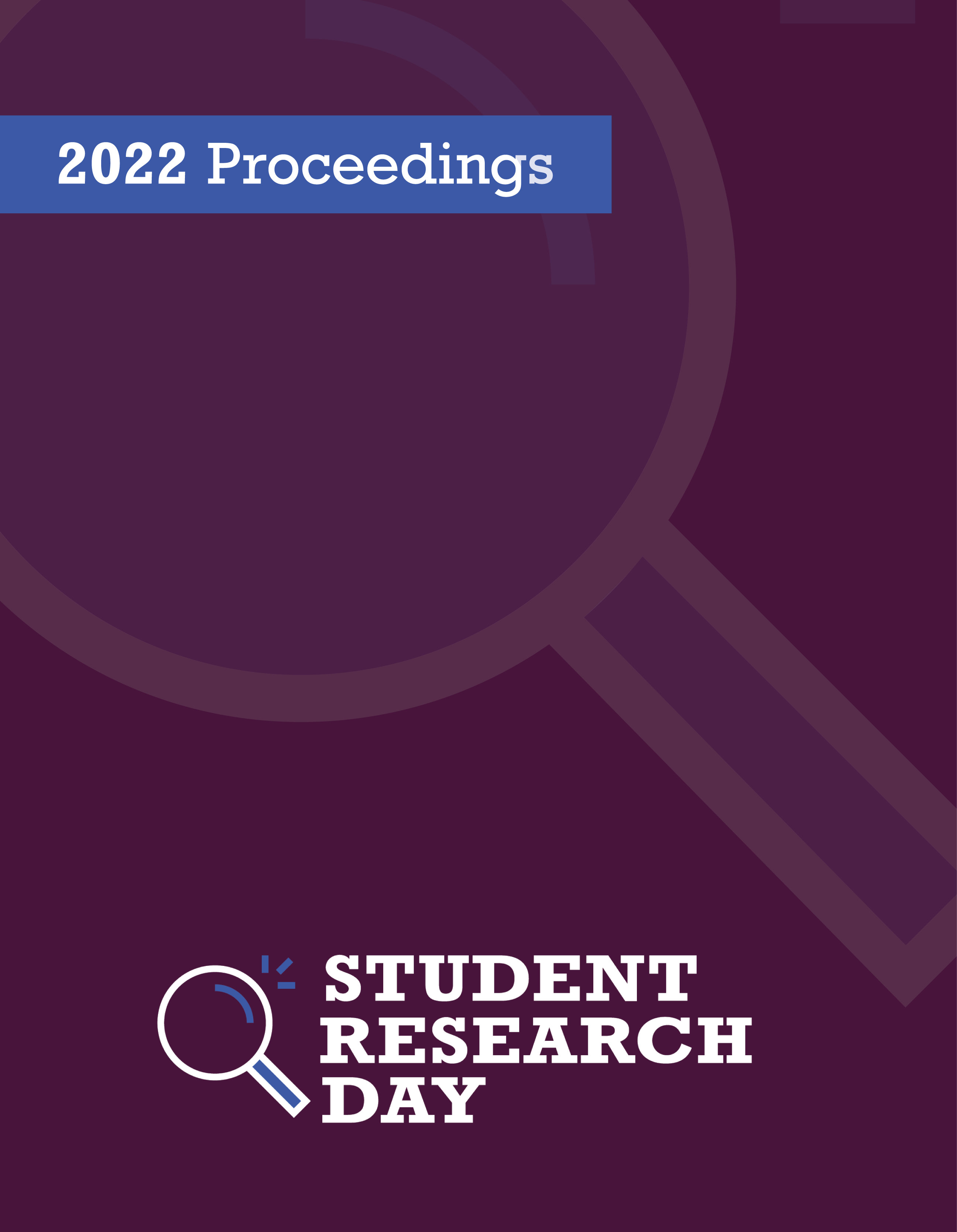Bioautography As a Method For Testing For Antimicrobial Compounds in Noxious Weeds From Alberta
Abstract
The threat of rising antimicrobial resistance in society makes the discovery of novel antimicrobial compounds more important than ever before. Natural substances, such as bacteria and fungi, are a common source of antimicrobial drugs. Plants offer great potential in this regard, as their potential for containing novel compounds has been underexplored. Noxious weeds in Alberta are of particular interest because their phytochemical composition has not been fully studied, and they have been shown to disrupt soil microbe composition. One of the main hurdles of identifying phytochemicals that have antimicrobial activities is the slow and inefficient extraction and isolation of bioactive compounds. TLC-bioautography aims to simplify the identification of bioactive compounds by coupling the separation and testing of extracts together. This project’s aim is to develop a reliable method of screening plant extracts for antimicrobial compounds using TLC-bioautography. The method was developed using plant extracts known to contain antimicrobial compounds to ensure activity was detectable. The separation of the extracts was optimized on TLC before directly overlying with Mueller-Hinton Agar inoculated with bacteria. Lack of bacterial growth was observed around some spots on the TLC plate, indicating antimicrobial activity. Overall, our results show bioautography has the potential to quickly screen plant extracts for antimicrobial compounds. Having a method that can quickly screen for antimicrobials will help shorten the time it takes to research weeds of interest and isolate new and effective antimicrobials.
Department: Biological Sciences
Faculty Mentors: Dr. Kimberley Harcombe and Dr. Tina Bott
Published
Issue
Section
License
Authors retain any and all existing copyright to works contributed to these proceedings.



